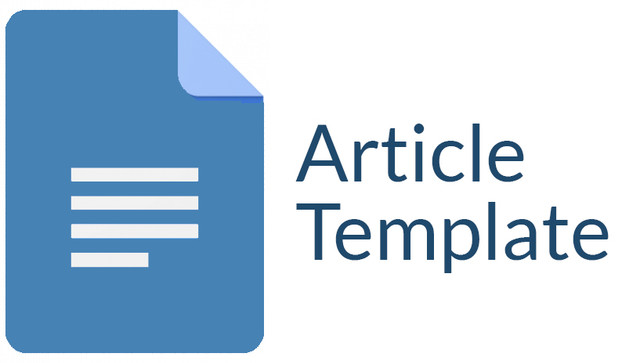Upaya Pengenalan Kesenian Tradisional (Seni Tari) Terhadap Anak Sejak Usia Dini
Keywords:
Creative Teachers, Creative Children, Improvisation, CreativityAbstract
Teacher Creativity Is Very Important To Support Learning. With Creativity, Teachers Can Easily Utilize All The Resources Around Them As Learning Materials. Without Creativity, Teachers Lose Or Lack The Ability To Present Material To Students. One Such Resource Is The Art Of Theorizing Learning And Packaging It In An Attractive Format To Arouse Students' Curiosity. This Research Aims To Gain Insight From All Educators About The Importance Of The Role Of Teachers And Increasing Creativity In Learning, Especially For PAUD Students. This Research Method Is Descriptive Library Research. Based On This Research, Creative Work Influences Children's Movements And Volitional Work, Makes It Easier For Students To Express Their Mental Experiences Through Movement Media, And Encourages Children To Channel Their Creativity By Improvising. There Will Be No Shortage Of Materials For Creativity In Teaching.
Downloads
References
Rokhim. M. 1995 Materi Pelajaran Pendidikan Seni Tari SLTP 1 Surabaya : Karunia
Kartono, Kartini 1980, Psikologi Anak (Psikologi Perkembangan) Bandung : Mandor Maju
Sidharto, Suryati, 1989 Pendidikan Di Negara Berkembang Suatu Tinjauan Komporatib. Jakarta : Departemen Pendidikan Dan Kebudayaan
Mkdk. Tim 1984 Pengantar Pendidikan Surabaya : University Press : Ikip Surabaya
Noordiana 1985, Peranan Mata Kuliah Tari Pendidikan Pada Program Pendidikan Seni Tari, Fpbs, Ikip
Marsini, M. (2023). The Effectiveness of the E-Library as a Learning Resource for Elementary School Students' Social Studies in Improving Literacy Skills. AL-ISHLAH: Jurnal Pendidikan, 15(3), 3726-3736.
Marsini, M. (2023). Motivasi Belajar Siswa pada Pembelajaran IPS di SDN Kraton VI Maospati. Jurnal Educatio FKIP UNMA, 9(1), 302-309.
Purwaningsih, L., Hadianti, A., & Marsini, M. (2022). PROTOTYPE DESIGN FLIPBOOK MEDIA IN TEACHING GRAMMAR “SIMPLE PAST TENSE”. Indonesian EFL Journal, 8(2), 287-294.Surabaya : Himpunan Program Pendidikan Seni Tari Fpbs Ikip Surabaya
Downloads
Published
Issue
Section
License

This work is licensed under a Creative Commons Attribution-ShareAlike 4.0 International License.
Authors who publish with this journal agree to the following terms:
1. Copyright on any article is retained by the author(s).
2. The author grants the journal, right of first publication with the work simultaneously licensed under a Creative Commons Attribution License that allows others to share the work with an acknowledgment of the work’s authorship and initial publication in this journal.
3. Authors are able to enter into separate, additional contractual arrangements for the non-exclusive distribution of the journal’s published version of the work (e.g., post it to an institutional repository or publish it in a book), with an acknowledgment of its initial publication in this journal.
4. Authors are permitted and encouraged to post their work online (e.g., in institutional repositories or on their website) prior to and during the submission process, as it can lead to productive exchanges, as well as earlier and greater citation of published work.
5. The article and any associated published material is distributed under the Creative Commons Attribution-ShareAlike 4.0 International License









